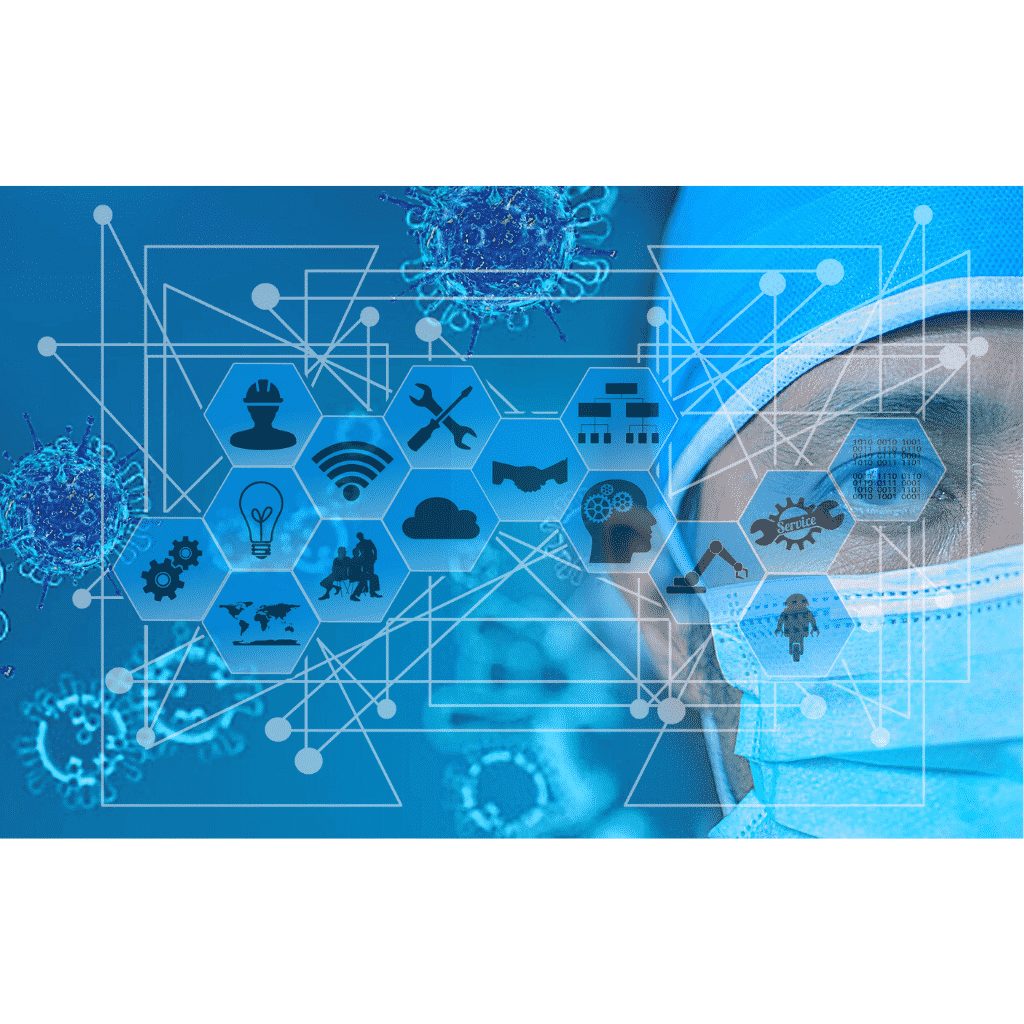Find out in this article how Industry 4.0 could help manufacturers during the Covid-19 period.

I've been practicing Aikido, a Japanese martial art also known as the art of peace, for nearly seven years. This martial art is unique in that its technique requires fluid force from the attacker. The aim is to accept the force coming at you, rather than blocking or resisting it, and to position yourself accordingly; then to get out of the situation with as little damage as possible.
Sound familiar?
As an external force, Covid-19 has reshaped the way we live and work over the past six months. Our shopping habits and daily activities have changed.
Many of us worked from home, and virtual meetings were only part of our daily routine during this Covid-19 period.
Companies are reshaping their business processes where the idea of digital transformation has become a necessity rather than a luxury.
Covid-19 as a catalyst for change
Over the past decade, a range of disruptive technologies such as IoT, artificial intelligence; machine learning; 3D printing, robotics; etc. have been widely adopted to support innovation-driven growth strategies.
Indeed, with the additive effect of Covid-19; the overwhelming majority of manufacturers describe Industry 4.0 as an essential part of their strategy to adapt to change and better serve the community.
Over 80 % of production managers consider that "Industry 4.0 is extremely or very important" for their company, and 56 % of them think that "Industry 4.0 will have a significant impact" in the next five years.
On the other hand, some companies are worried about change, such as financial complications, skepticism or lack of skills.
The first thing manufacturers are going to think about as we emerge from this pandemic is that revenues are down; production is down. We need to take a step back.
It's time to invest. This is the time when you have a little more time to reflect and look at what the future will really look like.
Overall, agility is the key. In Aikido, when the attack comes, the defender must perform the defensive movement while planning the next move. This requires the ability to perform two tasks simultaneously; Understanding the environment and giving an agile response is crucial; Similarly in business, supply chain agility requires the ability to process information as well as the ability to act.
In this Covid-19 period, improve agility with Industrie 4.0
Industry 4.0 emerged over 10 years ago with a focus on the "smart factory", or "factory of the future". But as the cost of sensor technology has plummeted; the adoption and use of sensors has increased and proliferated throughout the supply chain.
We see Industry 4.0 extending outside the factory and actually extending across the supply chain, for assets that are deployed throughout the supply chain; right through to distribution and logistics management. And it's about using technology and data to fundamentally change and evolve productivity.
There are 4 pillars of Industry 4.0; which offer distinct value to businesses. As previously mentioned; as the cost of sensors decreases, we design and manufacture smarter products for consumers and smart assets that are used to capture real-time data; automate and improve productivity within smart factories in our own and our customers' environments.
This, in turn, helps people to have the information and tools they need to do their jobs better and make decisions faster throughout the supply chain.
Intelligent products
Intelligent products are designed so flexibly that last-minute technical modifications can be immediately transferred to manufacturing operations. This enables significantly greater agility in meeting changing customer needs; between the time of an initial order and the completion of an actual production process.
Indeed, having the ability to communicate at every stage of a product's production and use; and to communicate this to R&D or engineering helps manufacturers improve design; reduce costs and increase customer satisfaction.
Intelligent assets
By integrating intelligence into the assets we use or manufacture, we can now capture and exploit data throughout the supply chain. By creating this digital twin of a physical asset, we can monitor, analyze, optimize and maintain it throughout its lifecycle, from design to decommissioning. This enables us to achieve a balance between profitability, asset health and availability.
Organizations are leveraging these intelligent assets to generate new business models, moving from reactivity to prediction. This prevents machines from breaking down, which means fewer repairs and lower downtime costs. Everything works as it should.
Smart factories
In manufacturing, sophisticated digital supply chain capabilities and improved connectivity can help organizations increase shop floor visibility; identify process bottlenecks and manage operations with greater agility. This, in turn; facilitates smart factory capabilities where rigid production lines are transformed into flexible manufacturing cells; enabling the shift from mass production to mass customization.
Authorized persons after the end of this Covid-19 crisis
Companies are realizing that empowering their employees is essential to long-term success. Whatever the extent of automation, manufacturers will always need people. What's more, as automation levels increase, new tasks and operations will be created. IT solutions will have to provide higher levels of support. Operators will fill roles that cannot be automated; performing complex tasks and making intuitive decisions.
The key is to realize what can be automated and what requires human intervention, with the aim of augmenting humans with AI and robotics, not replacing them.
The philosophy of martial arts is that resolving disturbances requires an ability to create harmony and change, rather than resisting them. Because resisting energy in response to pressure causes distress.
The disruption caused by Covid-19 was an external forcing function for the manufacturing industry to evolve and change. Those who had already digitized their processes and integrated Industry 4.0 technologies into their business strategies were best placed to respond to the disruption. They are also best placed to recover from the pandemic.
